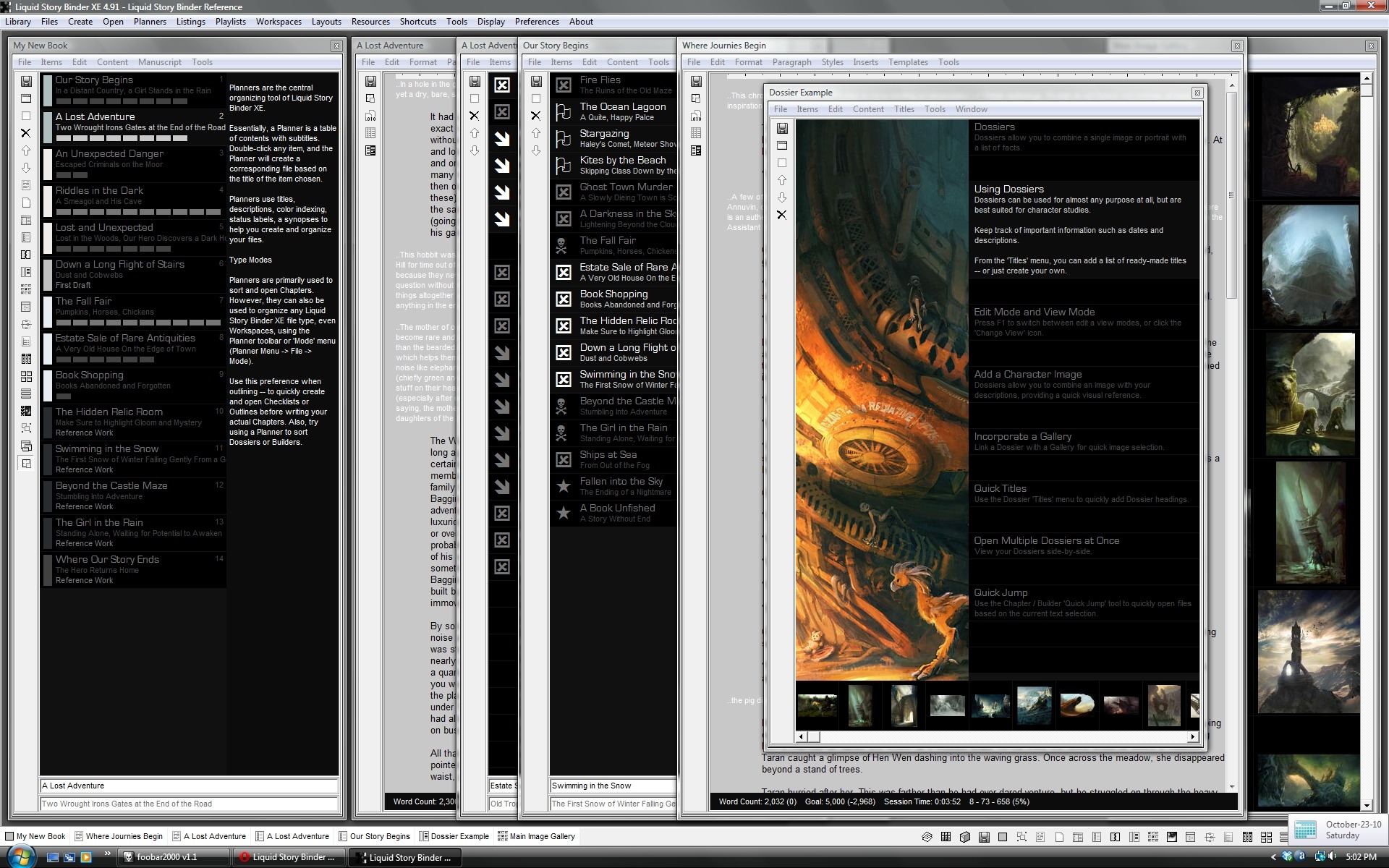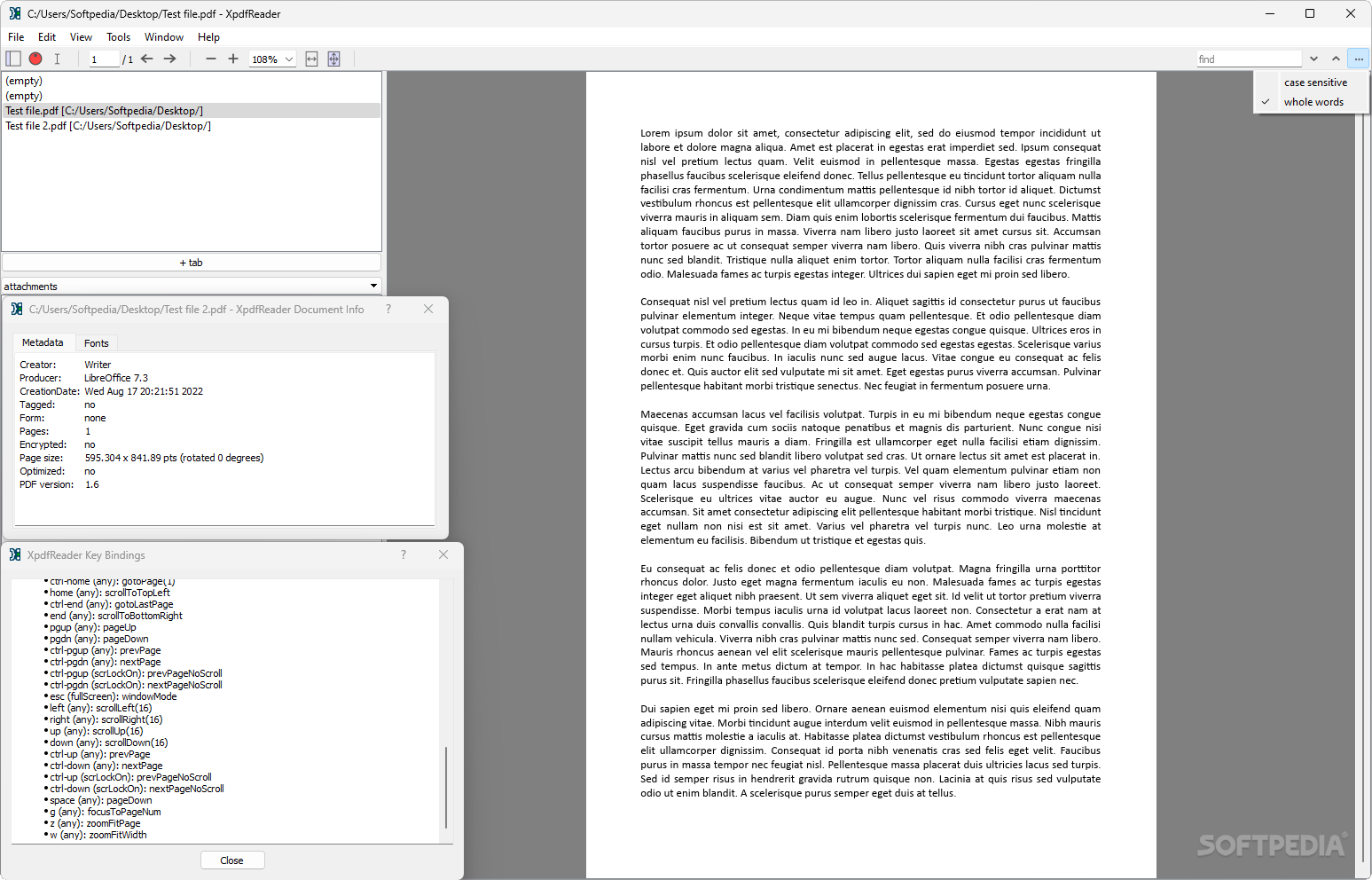

#WIN32 WORD WRITER PDF#
For example, say your PDF is a three-page excerpt from a longer report, and its pages are numbered 42, 43, and 44. This is always the case, even if pages are numbered differently within the document. PyPDF2 uses a zero-based index for getting pages: The first page is page 0, the second is page 1, and so on. You can get a Page object by calling the getPage() method ➋ on a PdfFileReader object and passing it the page number of the page you’re interested in-in our case, 0. To extract text from a page, you need to get a Page object, which represents a single page of a PDF, from a PdfFileReader object. The example PDF has 19 pages, but let’s extract text from only the first page. The total number of pages in the document is stored in the numPages attribute of a PdfFileReader object ➊. Store this PdfFileReader object in pdfReader. To get a PdfFileReader object that represents this PDF, call PyPDF2.PdfFileReader() and pass it pdfFileObj. Then open meetingminutes.pdf in read binary mode and store it in pdfFileObj. BOARD of ELEMENTARY and SECONDARYįirst, import the PyPDF2 module. Provide leadership and create policies for education that expand opportunitiesįor children, empower families and communities, and advance Louisiana in an 'OOFFFFIICCIIAALL BBOOAARRDD MMIINNUUTTEESS Meeting of March 7,Ģ015 \n The Board of Elementary and Secondary Education shall > pdfReader = PyPDF2.PdfFileReader(pdfFileObj) > pdfFileObj = open('meetingminutes.pdf', 'rb')
#WIN32 WORD WRITER FULL#
(Check out Appendix A for full details about installing third-party modules.) If the module was installed correctly, running import PyPDF2 in the interactive shell shouldn’t display any errors.įigure 15-1: The PDF page that we will be extracting text fromĭownload this PDF from and enter the following into the interactive shell: This module name is case sensitive, so make sure the y is lowercase and everything else is uppercase.
#WIN32 WORD WRITER INSTALL#
To install it, run pip install -user PyPDF2=1.26.0 from the command line. It’s important that you install this version because future versions of PyPDF2 may be incompatible with the code. The module you’ll use to work with PDFs is PyPDF2 version 1.26.0. Although PDFs support many features, this chapter will focus on the two things you’ll be doing most often with them: reading text content from PDFs and crafting new PDFs from existing documents. PDF stands for Portable Document Format and uses the.

This chapter will cover two such modules: PyPDF2 and Python-Docx. If you want your programs to read or write to PDFs or Word documents, you’ll need to do more than simply pass their filenames to open().įortunately, there are Python modules that make it easy for you to interact with PDFs and Word documents. In addition to text, they store lots of font, color, and layout information. PDF and Word documents are binary files, which makes them much more complex than plaintext files.


 0 kommentar(er)
0 kommentar(er)
